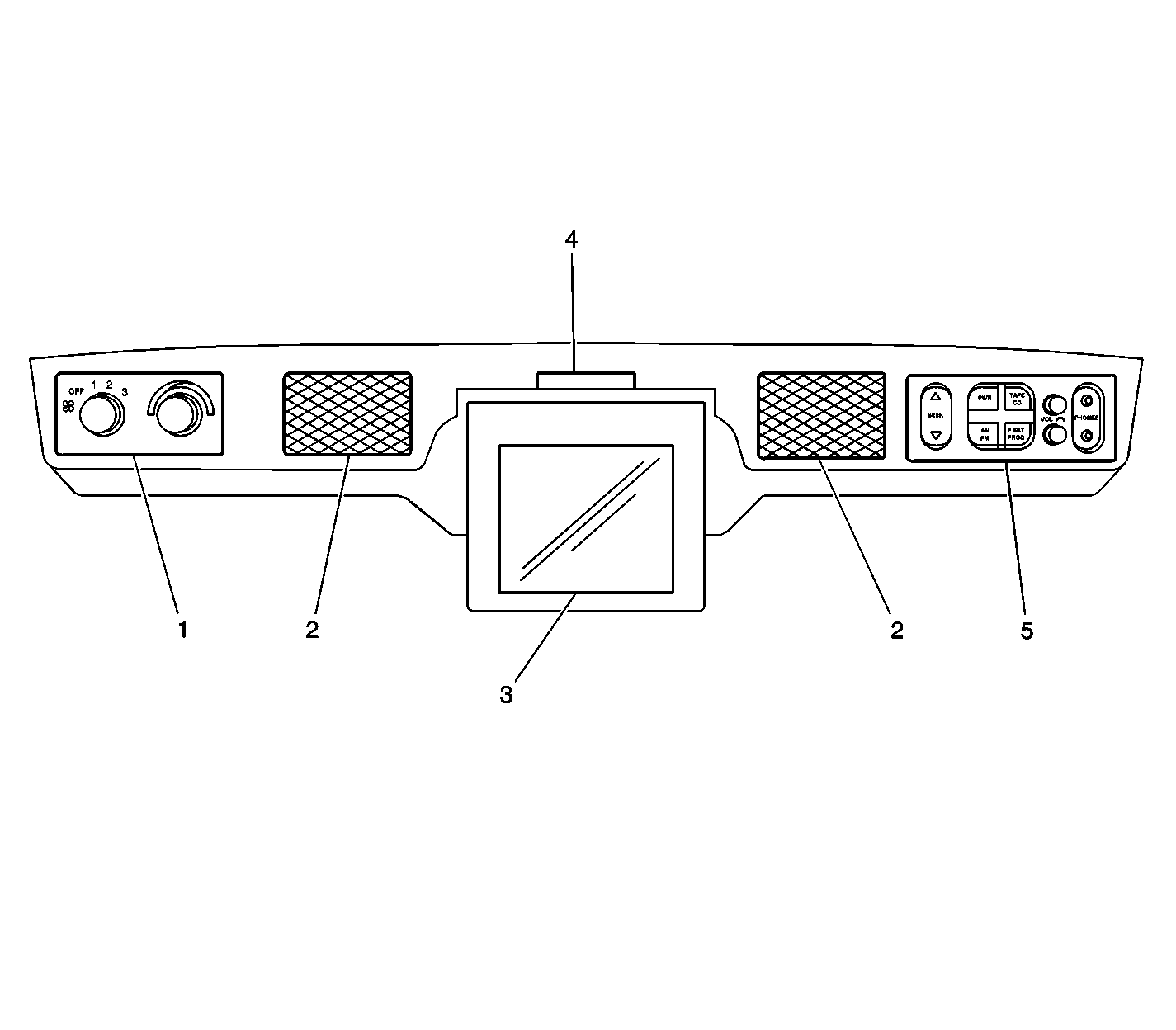When damage-causing moisture condensation is detected within the VCP,
the dew sensor circuit automatically prevents the VCP from accepting or playing
tapes. When the dew sensor has been activated the DEW indicator, located
on the VCP, flashes.
To prevent damaging a video tape that is in the VCP when the DEW indicator
is flashing, press EJECT and remove the tape. Then, be sure the VCP is on
so it can warm up and dry any accumulated moisture. When the DEW indicator
stops flashing, the VCP can return to full operation.
To stop a video cassette during playback, press the STOP button (3) on
either the VCP or remote control. To resume playback, simply press the PLAY
button (5).
Press the STOP button (3) on either the VCP or remote control,
and press the REW (rewind) button (4) on either the VCP or remote control.
Press the STOP button (3) on either the VCP or remote control,
and press the FF (fast forward) button (6) on either the VCP or remote
control.
During stereo program playback, the L HI-FI R indicators (2)
turn on green. Pressing the PLAY key during playback causes the VCP to enter
auto-tracking mode. During the auto-tracking mode, pressing the PLAY key
once more allows you to select the audio output (Stereo-L-R-Mono-Stereo).
The video display is equipped with a red power indicator that illuminates
continuously whenever the display is on. This indicator is designed to flash
a code of one, two or three flashes if a fault condition occurs, sensed by
a dew sensor or a temperature sensor. The following chart summarizes the
indicator flashing codes, what each code means, and the resulting rear video
system actions.
Video Display On-Screen Messages
Message
| Message Function
|
Play
| Displayed when initiating the play mode.
|
Forward
| Displayed when initiating the fast-forward
mode.
|
Rewind
| Displayed when initiating the rewind mode.
|
Stop
| Displayed when initiating
the stop mode.
|
Pause
| Displayed when initiating the pause mode.
|
Mute
| Displayed when
initiating the mute mode.
|
Eject
| Displayed when initiating the eject mode.
|
System On
| Displayed
when initiating the power on mode.
|
Volume
| Displayed when initiating the adjusting
of the volume.
|
AUX
| Displayed when initiating the auxiliary mode.
|
AUX Idle
| Displayed when there is
not a valid AUX video input signal or VCP video input signal.
|
VCP
| Displayed when initiating
the VCP mode.
|
VCP Idle
| Displayed when there is not a valid VCP video input signal. System then
switches to the AUX mode.
|
Menu
| Displayed when pressing the Menu button on the remote control.
The menu allows the user the ability to modify some of the tone settings
and tracking. The menu system lists all of the options that the user can modify.
A pointer is used to show the user the current selection that can be changed.
The user changes the pointed selection by pressing the Menu Adjust arrow
keys up or down. Pressing the Menu button highlights the selection; pressing
the Menu Adjust arrow keys up or down modifies the selection. If the menu
system is idle for ten seconds, it automatically exits.
|
System Off
| Displayed when the
ignition is turned off.
|
Standby
| Displayed when system is shutting down.
|
Insert Tape
and Repress Command
| Displayed when a command is pressed and a tape has not been inserted
into the VCP.
|
Error VCP Dew Active
| Displayed when the VCP dew sensor detects excessive dew.
|
Dew Threshold
Exceeded
| Displayed when the dew threshold has been exceeded.
|
Cold Threshold Exceeded
| Displayed
when the cold temperature threshold has been exceeded.
|
Heat Threshold
Exceeded
| Displayed when the heat temperature threshold has been exceeded.
|

